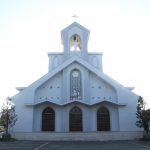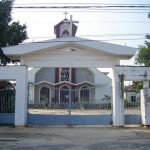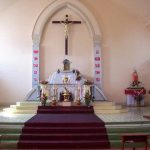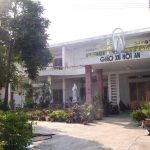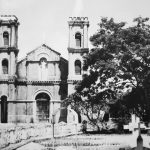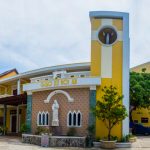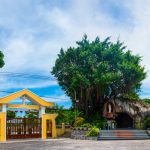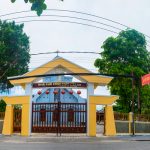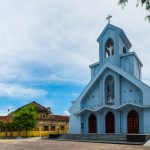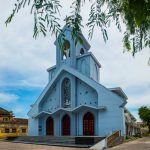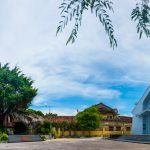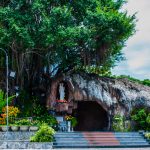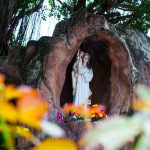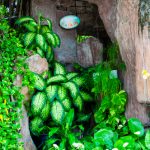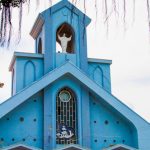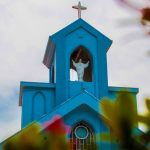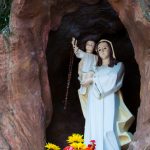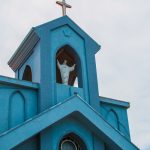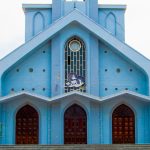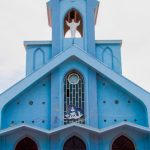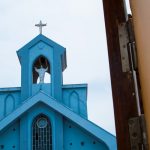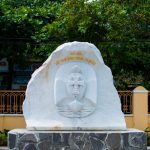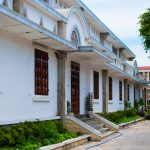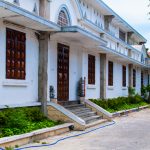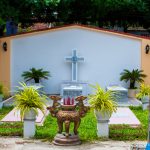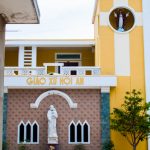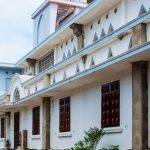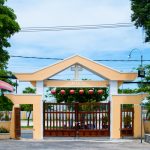Hoi An Church is a Catholic church located at 106 Nguyen Truong To Street (French called Gourérneur Général Cherles) with a large campus surrounded by brick fences. The church’s three-way gate has roof-shaped, and there is a cross on the top of the gate. After rebuilding in 1914 and 1935, the present church was built in 1965, based on a Gothic style combined with traditional Hoi An architecture. The interiors are divided into three main areas with separate functions such as parishioners, sanctuaries and dressing rooms.
In 1615, three Jesuits were Francesco Buzomi (Italian), Father Diego Carvalho (Portuguese) and Antonio Dias (Portuguese), and two Japanese, Jose and Paulo, to Tourain (Da Nang) then Faifo (Hoi An) to evangelize as well as pastoral care for a Japanese community here. Gradually, as missionary work progressed, on 18 January 1616, Italian priest Francisco Busomi founded the parish of Hoi An and built a church here. Thus, in the church ground, the remains of Western missionaries’ tomb are considered one of the few remaining relics in Hoi An related to the process of spreading the Catholicism of Jesuit priests and Missionary priests in Vietnam in the early seventeenth century to the twentieth century.
On April 7, 2008, the Hoi An church and the tombs of Western clerics in Cam Pho Ward, Hoi An City, Quang Nam Province, were signed a decision by the Chairman of the People’s Committee of Quang Nam Province Nguyen Duc Hai of receiving the title of Historical and Cultural Relics Province-City.
